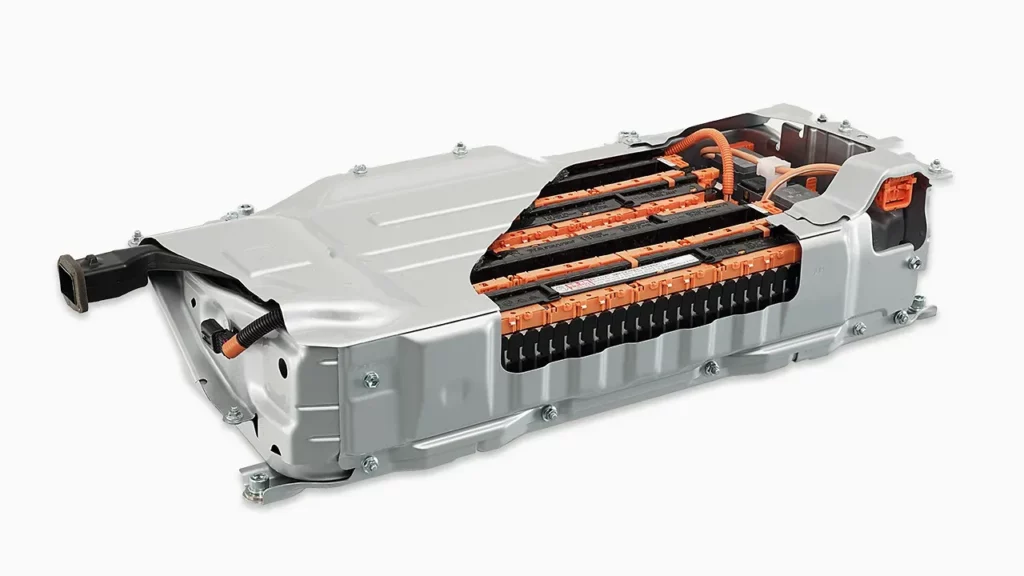Mekari Insight
- A make-or-buy decision requires analyzing the costs and benefits of in-house production versus outsourcing, considering both quantitative factors like costs and qualitative aspects such as expertise and supplier relationships.
- Various factors, including labor costs, expertise, storage, and volume, can influence whether a company chooses to make or buy a product.
- Using tools like Mekari Officeless eProcurement software, companies can streamline the make-or-buy decision process.
When faced with a choice between making a product in-house or buying it from an external supplier, businesses must weigh the pros and cons carefully.
This “make or buy” decision impacts everything from costs to quality and operational flexibility.
In this article, we’ll explore how to navigate this crucial decision-making process and what factors to consider to ensure the best outcome for your business.
What is make or buy decision
A make-or-buy decision is when a company chooses between producing a product in-house or buying it from an external supplier.
It involves comparing the costs and benefits of both options, considering production, labor, storage, and other hidden costs for in-house production, versus purchase price, shipping, and risk for outsourcing.
While cost is a key factor, it’s also about the strategic impact. This decision affects profitability, quality, and operational efficiency.
How to calculate make or buy decision
To make an informed decision between producing in-house or purchasing externally, a structured approach is necessary. Here’s a step-by-step guide to help you evaluate both options thoroughly, considering both costs and strategic factors.
1. Identify products for analysis
List all items made in-house and sourced externally, focusing on those with high costs or strategic value.
2. Analyze in-house production costs
Calculate all costs involved in in-house production, including materials, labor, overhead, and facility expenses. Consider potential cost-saving improvements.
3. Evaluate external market options
Research suppliers, comparing their prices, quality, reliability, and terms. Get quotes and negotiate the best deal.
4. Compare costs and factors
Use cost comparisons and break-even analysis to determine when making equals buying.
Read more: Tail Spend Management: Cut 10% Costs with Tail Spend Automation5. Consider qualitative factors
Think about non-cost factors like quality, supply chain reliability, intellectual property, and long-term strategic impact.
6. Make the decision
Decide based on a balanced analysis that aligns with your company’s financial goals and strategy.
7. Implement and monitor
Execute the decision and monitor the impact on costs, quality, and efficiency, adjusting as needed.
Factors to consider on make or buy decision
When making a make-or-buy decision, several key factors come into play. These factors guide companies to choose between producing in-house or outsourcing to external suppliers.
1. Cost analysis & effectiveness
The first step is comparing the costs of in-house production versus outsourcing. Tools like cost-benefit analysis, break-even analysis, and total cost of ownership (TCO) can help determine the most cost-effective option.
Sometimes, the upfront investment in machinery for in-house production might outweigh the ongoing cost of outsourcing, making external suppliers the better choice.
Read more: How to Calculate SaaS ROI and TCO for Management Approval2. Operational flexibility
In-house production allows for quicker responses to market shifts, providing operational flexibility. However, relying on external vendors may introduce delays.
In some cases, keeping critical production in-house can ensure flexibility, while less important components can be outsourced to reduce risks.
3. Quality control
For industries where quality is critical, like electronics or aerospace, in-house production may be preferable.
It gives businesses control over quality assurance processes. However, this can come at a higher cost, which may be justified if quality is non-negotiable.
4. Scalability & volume
Companies must consider whether they can scale production in-house to meet rising demand.
If external suppliers can’t meet the required volume or speed, keeping production in-house may be the best option, particularly in industries like technology or automobiles.
5. Supplier capability & external variables
Reliability of suppliers and potential risks, such as global disruptions, are crucial. A shift in strategy from in-house production to outsourcing may be needed when external variables like supply chain instability threaten business continuity.
Companies may even opt for dual sourcing to mitigate risk.
6. Risk assessment
Every decision has risks. In-house production may involve workforce issues or delays, while outsourcing might expose companies to supplier reliability issues or intellectual property concerns.
Careful risk evaluation helps make a balanced decision.
7. Lead time
If internal teams can deliver products faster than external suppliers, in-house production may be the way to go.
However, if in-house production faces delays due to capacity constraints, outsourcing could be necessary to meet deadlines.
Benefits of make or buy decision
Here’s how making the right choice can positively impact your company.
1. Cost savings
By carefully evaluating both options, companies can identify the most cost-effective solution, reducing expenses and boosting profitability.
Whether through outsourcing or improving in-house efficiencies, cost reduction is a major benefit.
2. Resource optimization
A make-or-buy decision helps businesses allocate resources more effectively. By outsourcing non-core tasks, companies can focus on their strengths, driving growth, innovation, and operational scaling.
3. Strategic focus
The analysis supports long-term strategy by aligning production choices with the company’s overall goals.
Understanding both internal strengths and external opportunities helps steer the business in the right direction.
4. Risk mitigation
Evaluating both internal capabilities and external vendor performance reduces the risk of missed milestones or overburdening resources.
Outsourcing enables companies to focus on their expertise while leaving other tasks to trusted vendors.
5. Competitive advantage
A well-executed make-or-buy decision streamlines operations, reduces costs, and improves product quality, giving companies a competitive edge by enhancing responsiveness and customer satisfaction.
Real life examples of make or buy decision
These examples show how the make-or-buy decision can significantly impact a company’s control over costs, quality, and innovation, influencing its competitiveness in the market.
1. Apple Inc.: Chip production
Apple initially outsourced its chip production to companies like Intel and Qualcomm. However, to gain better control over performance and cost, Apple began designing its own chips, such as the A-series and M1 chips.
By producing in-house, Apple managed costs more effectively and enhanced chip performance to suit its products. While the move required a significant investment in R&D, it provided Apple a competitive edge by controlling its core technology and reducing reliance on external suppliers.
2. Toyota: Hybrid vehicle batteries

Toyota started by outsourcing hybrid vehicle batteries from Panasonic but eventually decided to manufacture them in-house. This move was driven by the need for greater control over battery technology and the increasing demand for hybrids.
By producing the batteries internally, Toyota could ensure higher quality and reduce its reliance on external suppliers, which also allowed the company to innovate and stay competitive in the hybrid market.
3. Boeing: Outsourcing 787 Dreamliner parts
Boeing outsourced major components of the 787 Dreamliner to various suppliers to cut production costs and speed up development.
However, the integration of parts from multiple suppliers led to delays and quality control challenges, which ultimately increased costs.
This experience led Boeing to reconsider its strategy, bringing more production back in-house for future projects to improve integration and maintain better control over quality and timelines.
4. General Motors (GM): EV batteries
As the electric vehicle market grew, GM decided to produce its own batteries rather than relying on external suppliers. This decision allowed GM to have better control over battery technology, reduce supply chain risks, and lower production costs.
By bringing battery manufacturing in-house, GM could also ensure higher quality and stay competitive in the rapidly growing EV market.
How to analyze make or buy decision easier
To make your make-or-buy decision process easier and more efficient, consider using eProcurement software to analyze all the key factors in one dashboard.
This provides you with clearer visibility of costs, quality, risks, and other important elements, allowing you to make more informed decisions quickly.
By having everything in one place, you can streamline your process, reduce errors, and stay on top of your strategic goals.
With Mekari Officeless eProcurement, you can streamline your decision-making with real-time insights, helping you make more efficient and strategic choices. Take control of your procurement decisions today—explore Mekari Officeless eProcurement.
References
Corporate Finance Institution. ‘’Make-or-Buy Decision’’
Investopedia. ‘’Make-or-Buy Decision Explained: How to Make Outsourcing Decisions’’


